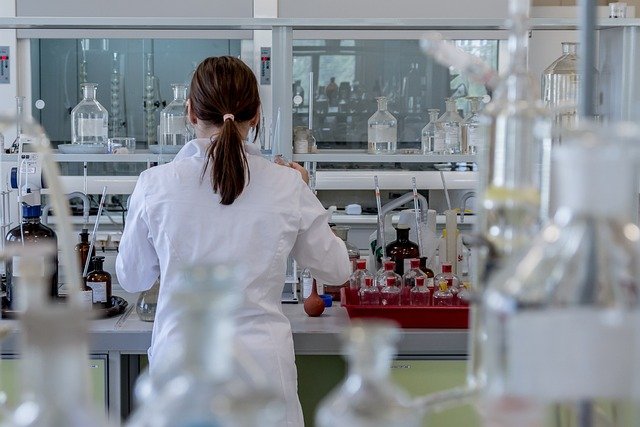Case study of ASH A


Below is an evaluation of the provided lab test results, categorized by each parameter. The assessment results of standard reference ranges and potential clinical implications are assessed.
1. Protein Total: 7.6 g/dL
- Reference Range: 6.0–8.3 g/dL
- Interpretation: Normal. This indicates adequate protein levels in the blood, reflecting proper liver function and nutritional status.
2. Albumin: 4.6 g/dL
- Reference Range: 3.5–5.0 g/dL
- Interpretation: Normal. Albumin is a marker of liver function, nutritional status, and hydration. This value suggests no significant abnormalities.
3. Glucose: 99 mg/dL
- Reference Range (Fasting): 70–99 mg/dL
- Interpretation: Normal fasting glucose level, indicating no immediate signs of diabetes or impaired glucose regulation.
4. PSA (Prostate-Specific Antigen): 1.28 ng/mL
- Reference Range: <4.0 ng/mL (age-dependent)
- Interpretation: Normal. This suggests no immediate concerns for prostate abnormalities such as benign prostatic hyperplasia (BPH) or prostate cancer.
5. TSH (Thyroid-Stimulating Hormone): 3.91 µIU/mL
- Reference Range: 0.4–4.0 µIU/mL
- Interpretation: Borderline high-normal TSH level may indicate subclinical hypothyroidism or a need for closer monitoring of thyroid function, especially if symptoms like fatigue or weight gain are present.
6. RBC (Red Blood Cell Count): 5.81 M/µL
- Reference Range: 4.7–6.1 M/µL (male), 4.2–5.4 M/µL (female)
- Interpretation: Normal for males; slightly elevated for females, which could indicate dehydration or potential polycythemia if other parameters are abnormal.
7. MCH (Mean Corpuscular Hemoglobin): 26.5 pg
- Reference Range: 27–33 pg
- Interpretation: Slightly low, suggesting microcytic anemia, possibly due to iron deficiency or chronic disease.
8. MCHC (Mean Corpuscular Hemoglobin Concentration): 32.0 g/dL
- Reference Range: 31–37 g/dL
- Interpretation: Normal, indicating no significant issues with hemoglobin concentration in red blood cells.
9. MPV (Mean Platelet Volume): 11 fL
- Reference Range: 7–11 fL
- Interpretation: High-normal, which could indicate increased platelet production or activation, often seen in inflammation or certain blood disorders.
10. Absolute Monocyte Count: 0.65 K/µL
- Reference Range: 0.2–0.8 K/µL
- Interpretation: Normal, suggesting no immediate infection or chronic inflammation concerns.
11. Monocyte Percentage: 8%
- Reference Range: 2–10%
- Interpretation: Normal percentage within the differential white blood cell count.
12. Urinalysis Results
a) Blood, UA: Trace (Abnormal)
- Indicates the presence of trace amounts of blood in the urine, which may suggest mild trauma, infection, kidney stones, or other renal issues.
b) Urobilinogen: 0.2 E.U./dL
- Reference Range: <1 E.U./dL
- Interpretation: Normal.
c) RBC in Urine: 2–5/hpf (Abnormal)
- Indicates microscopic hematuria, which may point to urinary tract infections (UTIs), kidney stones, or other renal pathology.
Summary of Findings:
Most parameters fall within normal limits; however:
- Slightly low MCH suggests a potential for microcytic anemia.
- Borderline high TSH warrants monitoring for thyroid dysfunction.
- Trace blood and RBCs in urine require further investigation to rule out underlying renal or urinary tract issues.
If symptoms are present or persist over time, follow-up with a healthcare provider is recommended for further evaluation of abnormal urinalysis findings and thyroid function.
References
1. Laboratory Reference. (n.d.). Webpath.med.utah.edu. https://webpath.med.utah.edu/EXAM/LABREF.html
2. Laboratory Reference. (n.d.). Webpath.med.utah.edu. https://webpath.med.utah.edu/EXAM/LABREF.html
3. Laboratory Reference. (n.d.). Webpath.med.utah.edu. https://webpath.med.utah.edu/EXAM/LABREF.html
4. UCSF Health. (2019, January 26). Albumin Serum. Ucsfhealth.org. https://www.ucsfhealth.org/medical-tests/albumin-blood-(serum)-test
5. 001081: Albumin. (n.d.). Labcorp. https://www.labcorp.com/tests/001081/albumin
6. Devaraj, S. (2019, November 9). Albumin: Reference Range, Interpretation, Collection and Panels. Medscape.com. https://emedicine.medscape.com/article/2054430-overview
7. Cleveland Clinic. (2022). Albumin Blood Test: What It Is, Purpose, Procedure & Results. Cleveland Clinic. https://my.clevelandclinic.org/health/diagnostics/22390-albumin-blood-test
8. Albumin (Blood). (2024). Rochester.edu. https://www.urmc.rochester.edu/encyclopedia/content?contenttypeid=167&contentid=albumin_blood





